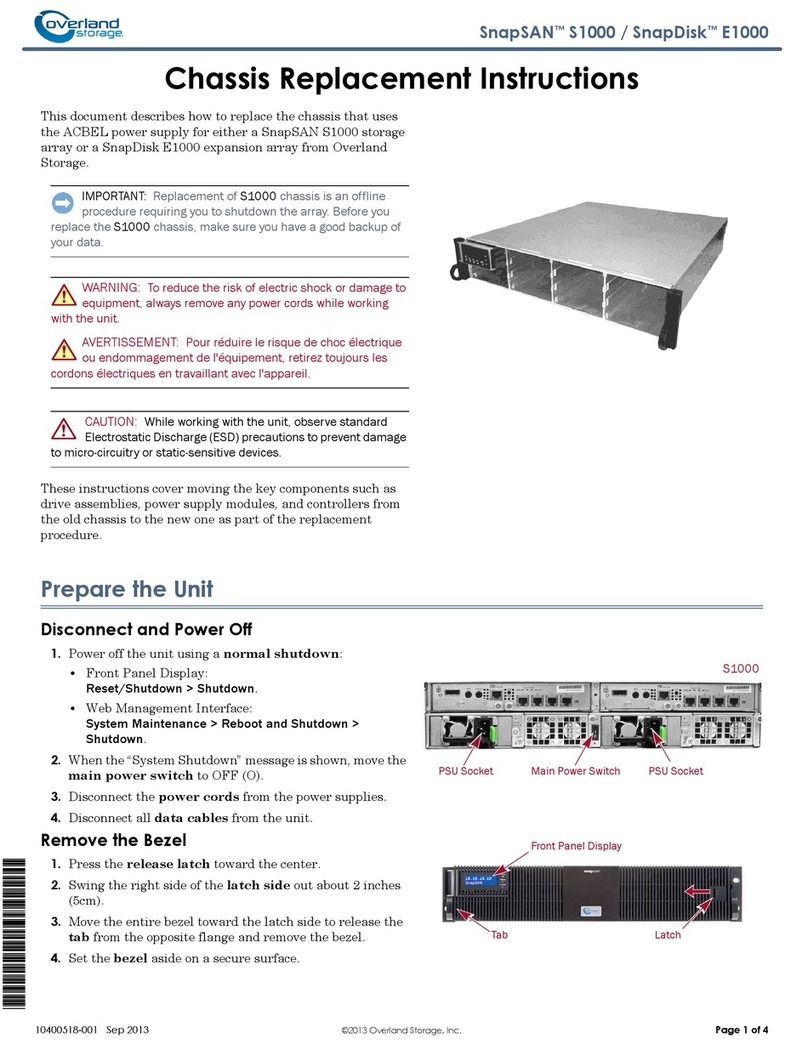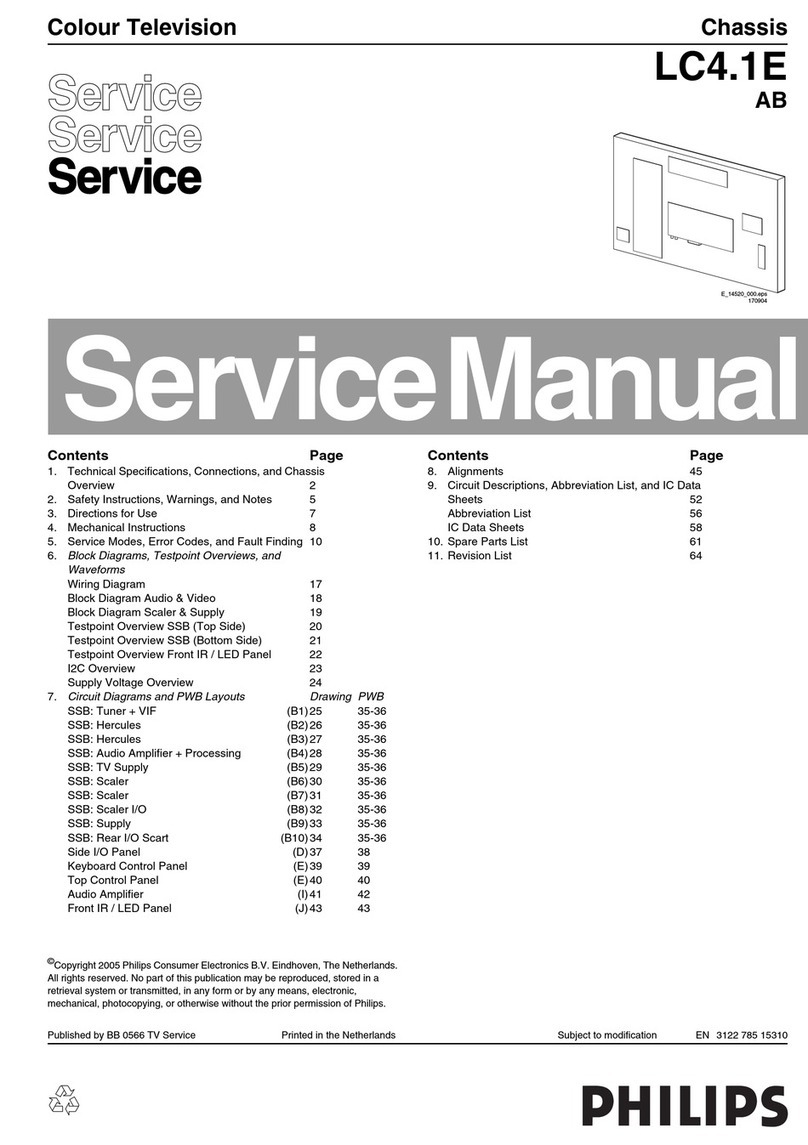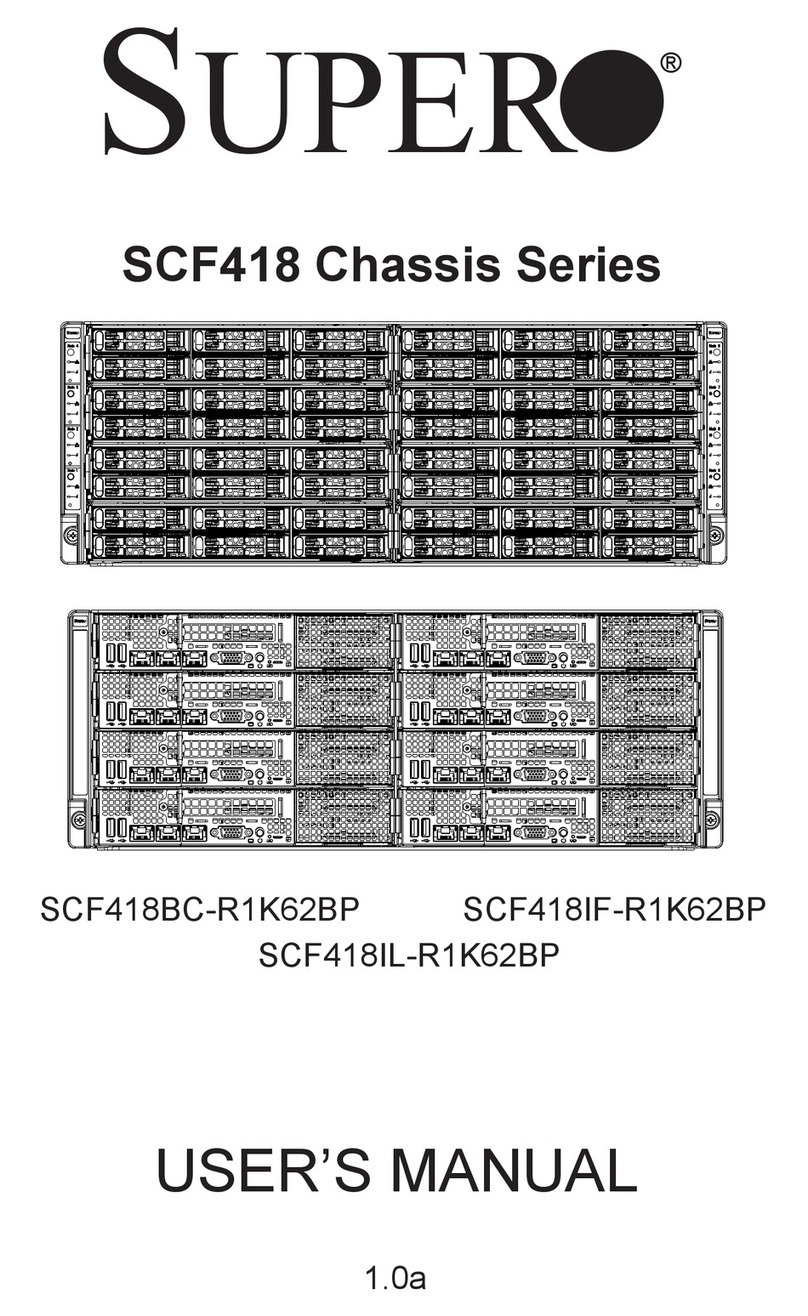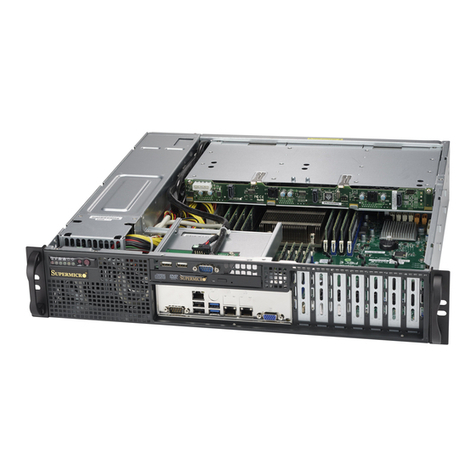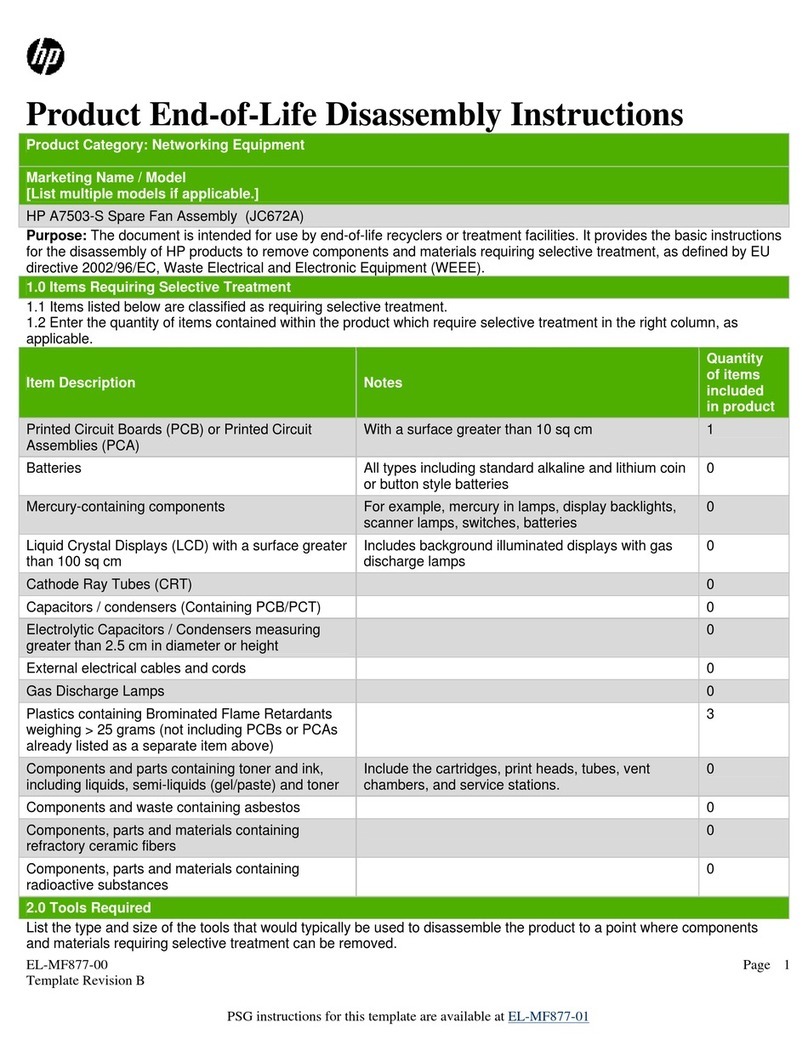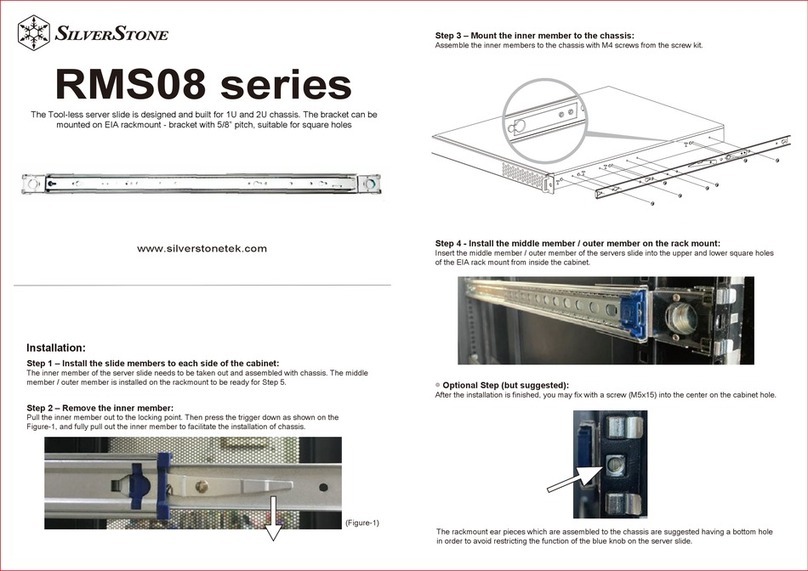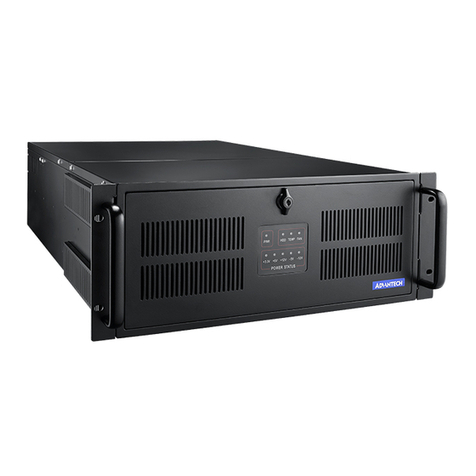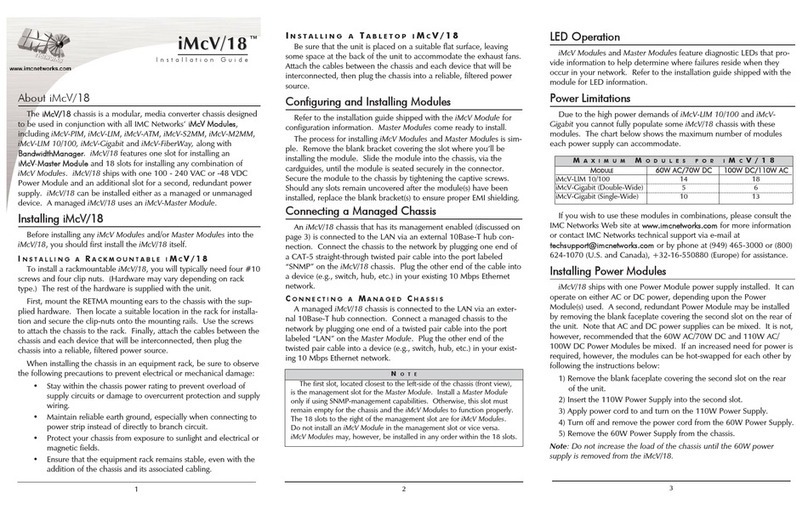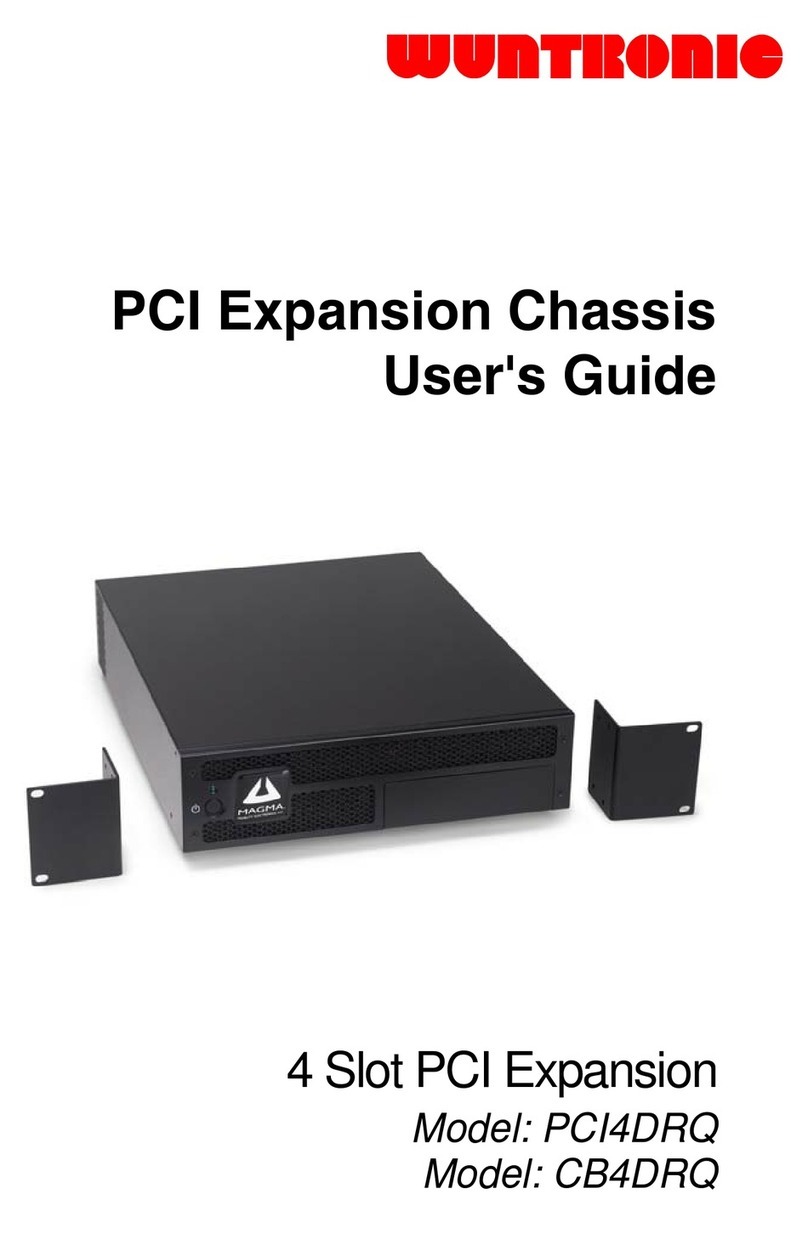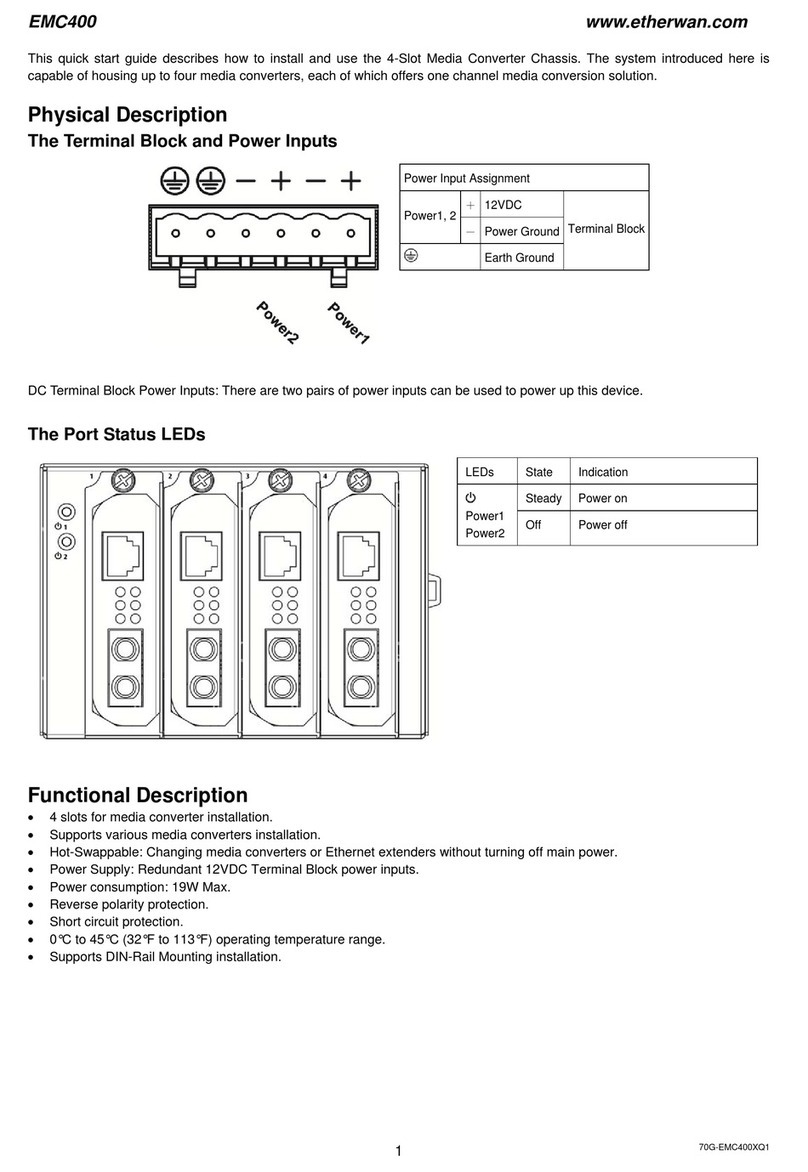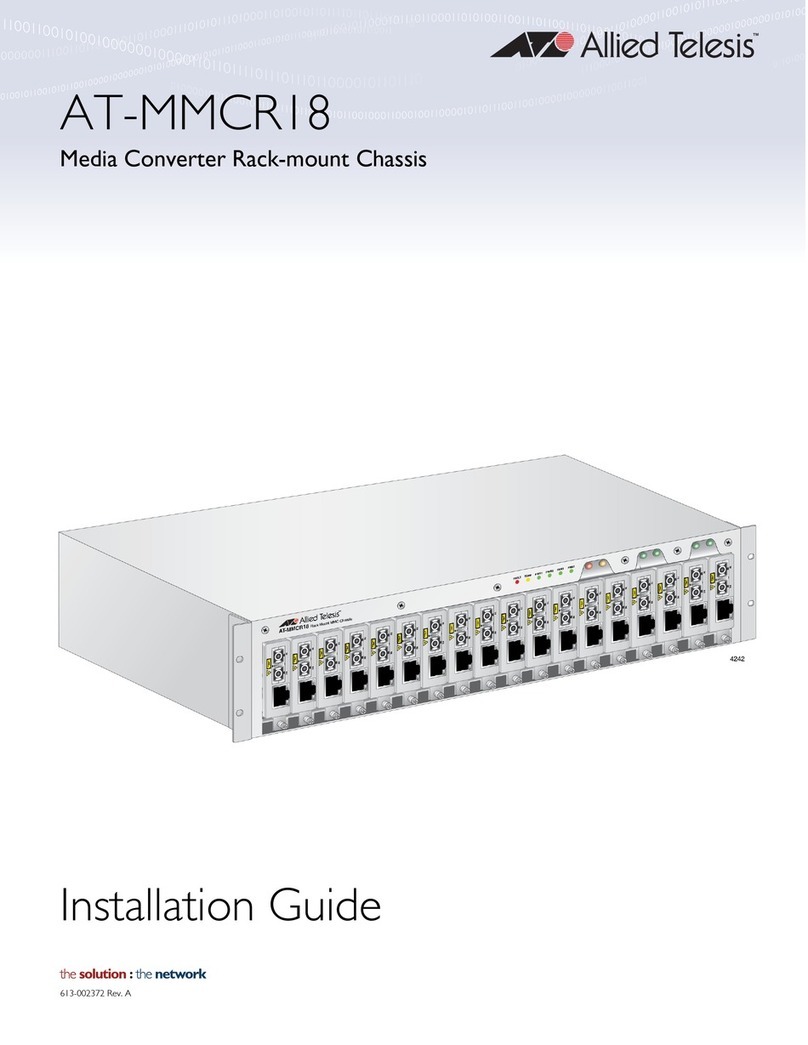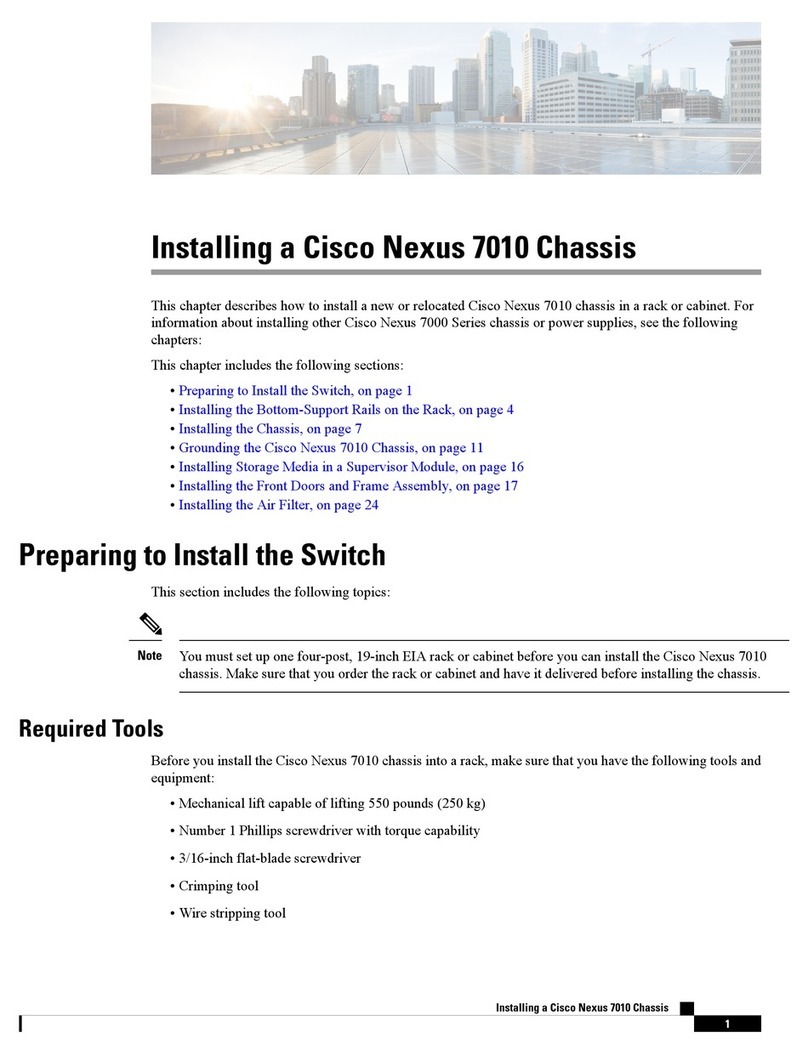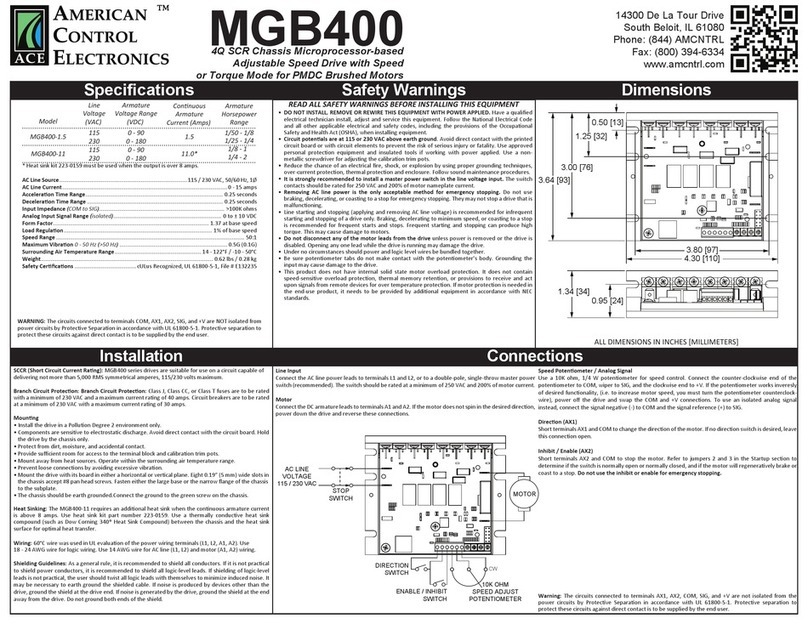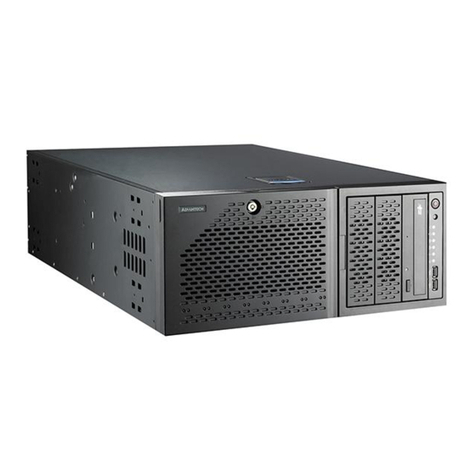Hazardous Voltage
There is hazardous voltage present inside the
computer when it is connected to an AC
supply, even when the computer’s power
switch is off. Exposure to hazardous voltage
could cause personal injury. To avoid risk of
injury, contact an Authorized Service Provider
for proper (un)installation of optional
hardware devices.
Avoid Electrostatic Discharge
Electrostatic electricity can easily damage
circuit cards and integrated circuits (ICs). To
reduce risk of damage, store them in
protective packaging whenever they are not
installed in your system.
Add-in cards can be extremely sensitive to
ESD and always require careful handling.
After removing the card from the computer,
place the card flat on a grounded, static-free
surface, component-side up. Use a
conductive foam pad if available, but not the
card wrapper. Do not slide the card over any
surface.
Before you install or remove memory
modules, video memory, disk drives, circuit
cards or other devices, protect them from
static electricity. To do so, make sure your
computer’s power switch is OFF. Then,
unplug the computer’s AC power cord. Before
picking up the device you (un)install, you
should wear an anti-static wrist wrap
(available at electronic supply stores). Be
sure to connect the wrist wrap to an
unpainted metal portion of the computer
chassis. As an alternative, you can dissipate
electrostatic build-up by touching an
unpainted metal portion of the computer
chassis with one hand. Then touch the device
you are (un)installing with the other hand, and
maintain continuous contact with it until it is
(un)installed in the computer.
Power Supply Unit
Under no circumstances should you
attempt to disassemble the power
supply. The power supply contains
no user-serviceable parts. Inside the
power supply are hazardous
voltages that can cause serious
personal injury. Always return a
defective power supply to your
dealer.
WARNING
Ensure that the computer is
disconnected from its power source
and from all telecommunications
links, networks, or modem lines
whenever the chassis cover is
removed. Do not operate the
computer with the cover removed.
AVERTISSEMENT
Assurez-vous que le système est
débranché de son alimentation ainsi
que de toutes les liaisons de
télécommunication, des réseaux, et
des lignes de modem avant
d’enlever le capot. Ne pas utiliser le
système quand le capot est enlevé.
WARNUNG
Das System darf weder an eine
Stromquelle angeschlossen sein
noch eine Verbindung mit einer
Telekommunikationseinrichtung,
einem Netzwerk oder einer Modem-
Leitung haben, wenn die
Gehäuseabdeckung entfernt wird.
Nehmen Sie das System nicht ohne
die Abdeckung in Betrieb.
ADVERTENCIA
Asegúrese de que cada vez que se
quite la cubierta del chasis, el
sistema haya sido desconectado de
la red de alimentación y de todos lo
enlaces de telecomunicaciones, de
red y de líneas de módem. No
ponga en funcionamiento el sistema
mientras la cubierta esté quitada.
